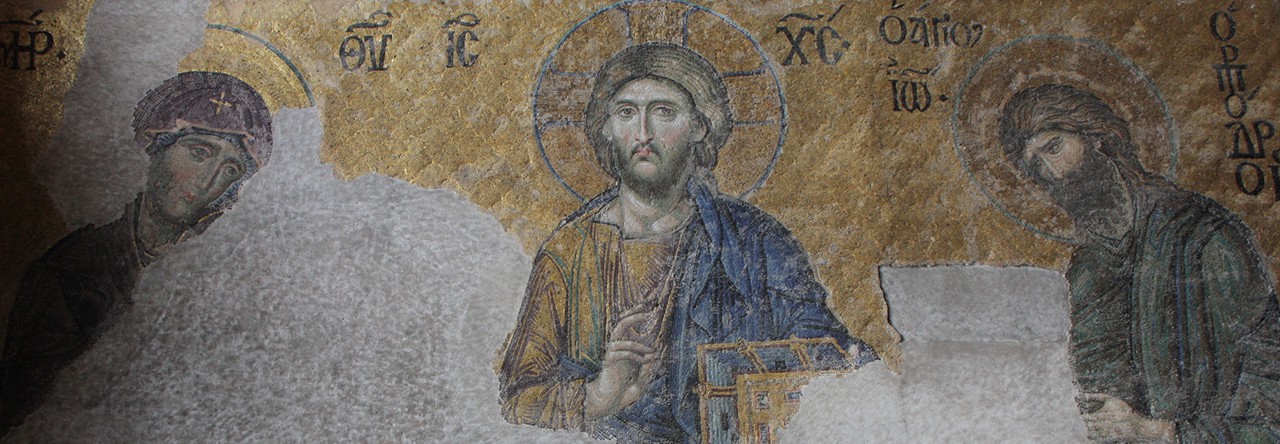
Although Orthodox today often assume their liturgical practices are the same as they were in the early Church, the fact is that liturgical practice especially regarding Holy Week and Pascha have undergone substantial changes over time. Orthodox scholar Eugen Pentiuc in his book HEARING THE SCRIPTURES notes:
“Prior to the emergence in the late fourth century of Holy Week as a 6-day liturgical unit (cycle), the Easter vigil was the only service commemorating Jesus’s sufferings, death, and resurrection. Unlike the Quadragesima [the 40 Day Lenten period] introduced to Palestine by the middle of the fourth century, which had a penitential character – a period of fasting, prayer, and penance — the Holy Week that emerged in Palestine had from the very beginning a mimetic role, aimed at imitating the last week in Jesus’s life as recorded in the canonical Gospels.” (p 15)

[The first 300 years plus of Christianity saw a diversity in practices for the Orthodox regarding Holy Week and Pascha. Pentiuc notes in Palestine the emphasis at first was on remembering the events of the last week of Christ’s earthly life, rather than on penance. They were commemorating their salvation accomplished by Christ and by their being united to Christ rather than by their own acts of ascetical piety. However, as the persecution of Christians faded into history and as monasticism took control of the church’s liturgical practice, the tone in the services became more penitential demanding personal asceticism. See my post, The Baptismal Theme of the Bridegroom Services, which looks at how this change affected our understanding of baptism.]

In the Byzantine tradition, the six-day period preceding Easter is called ‘the Great Week’ (Greek he megale hebdomas). The first attestation of a ‘Pascal fast’ of sorts, is found in Dionysius of Alexandria‘s (200-265) Epistula ad Basilidem 1, ca 260. … Dionysius deals with timing and intensity of fasting practices held by various Christian communities of his time related to the ‘6 days’ before Easter, what is known today as Holy Week, (a liturgical development dated to the third quarter of the fourth century): ‘For all, do not continue during the six days of the fast, either equally or similarly: but some remain without food till cockcrow on all the days, some on two, or three, or four, and some on none of them. … and then, when they come to the last two and prolong their fast on them alone, viz. on Friday and Saturday…’ (p 15)

Dionysius notes in his day there are many variations in fasting customs during “Holy Week” and that some don’t fast at all. He doesn’t command people to follow any particular practice and is apparently comfortable with the diversity in custom.
Monasticism first takes control of liturgical practice in Palestine, with the rest of the Orthodox world mostly following the “Cathedral rite” of the Great Church in Constantinople. It is only after 1204, that monasticism takes over and changes the liturgical rite in Constantinople. By the 14th Century, Mt Athos adopts the monastic rite from Palestine as well. After that, the monastic rite replaces the rite of Constantinople throughout the entire Orthodox world.

It is hard for us today to imagine a Holy Week that isn’t focused on repentance and monastic asceticism, but that was what the early Church knew and practiced. Their focus was on salvation in Christ by commemorating events in Christ’s life. We are saved by each and every deed Christ did for us. That is why we often hear in the dismissal of many services, a reference to Christ “who for us and for our salvation…” did this or that event. Through the centuries the liturgical services have undergone massive changes, but the non-monastic ideals of the early church are long forgotten.
